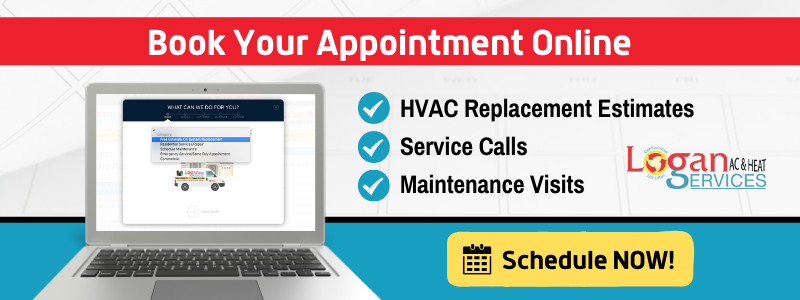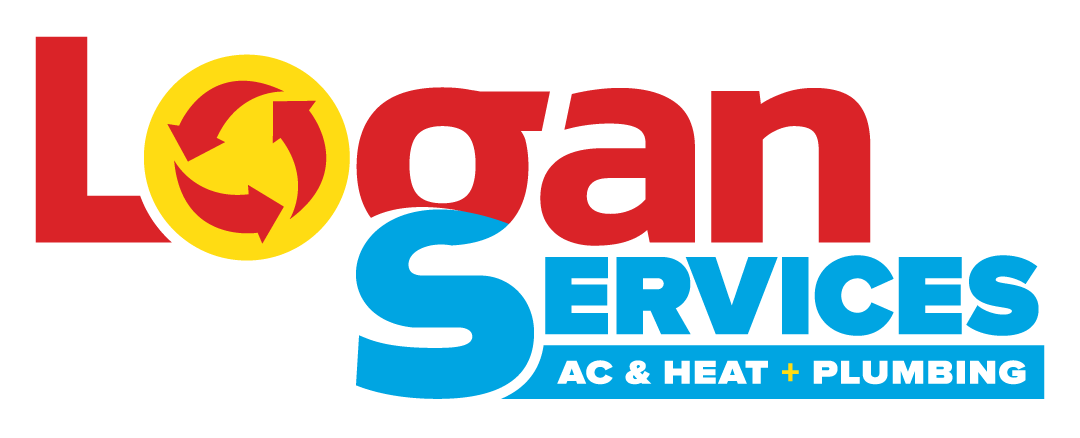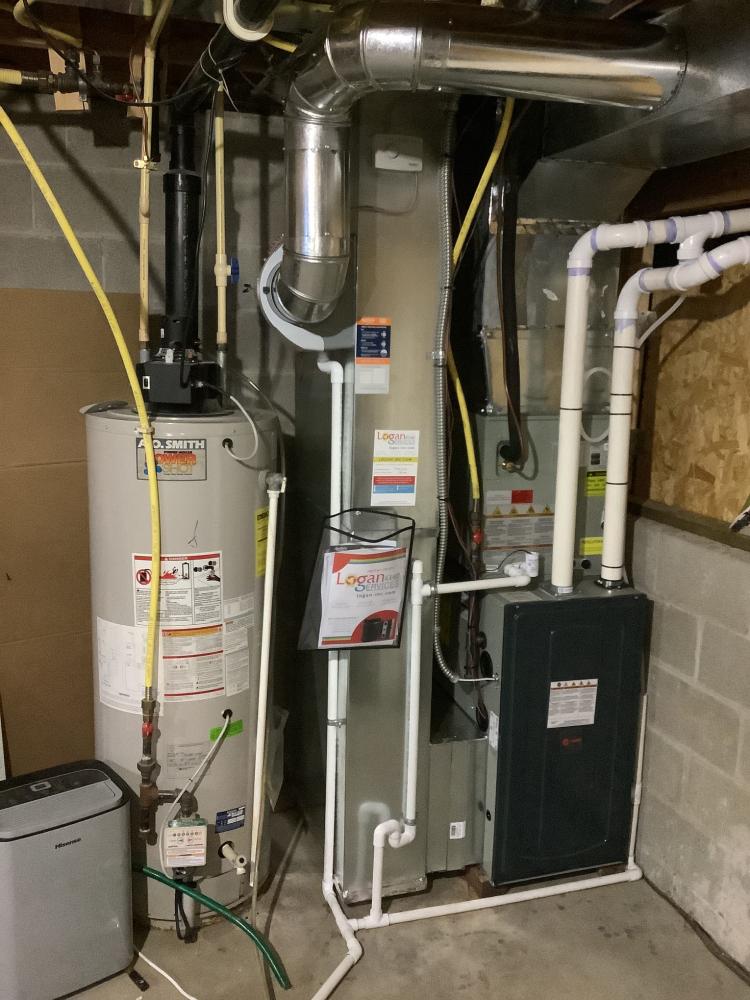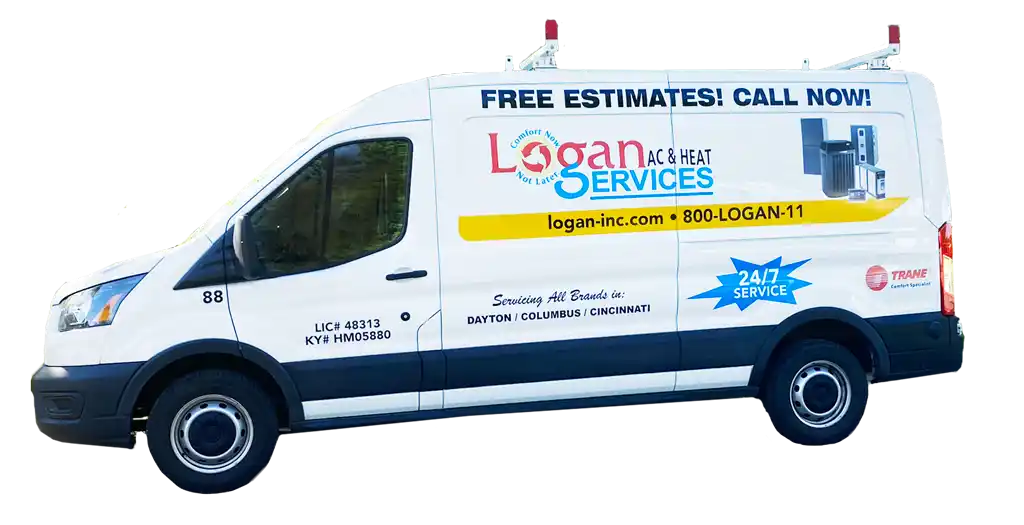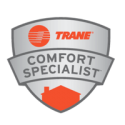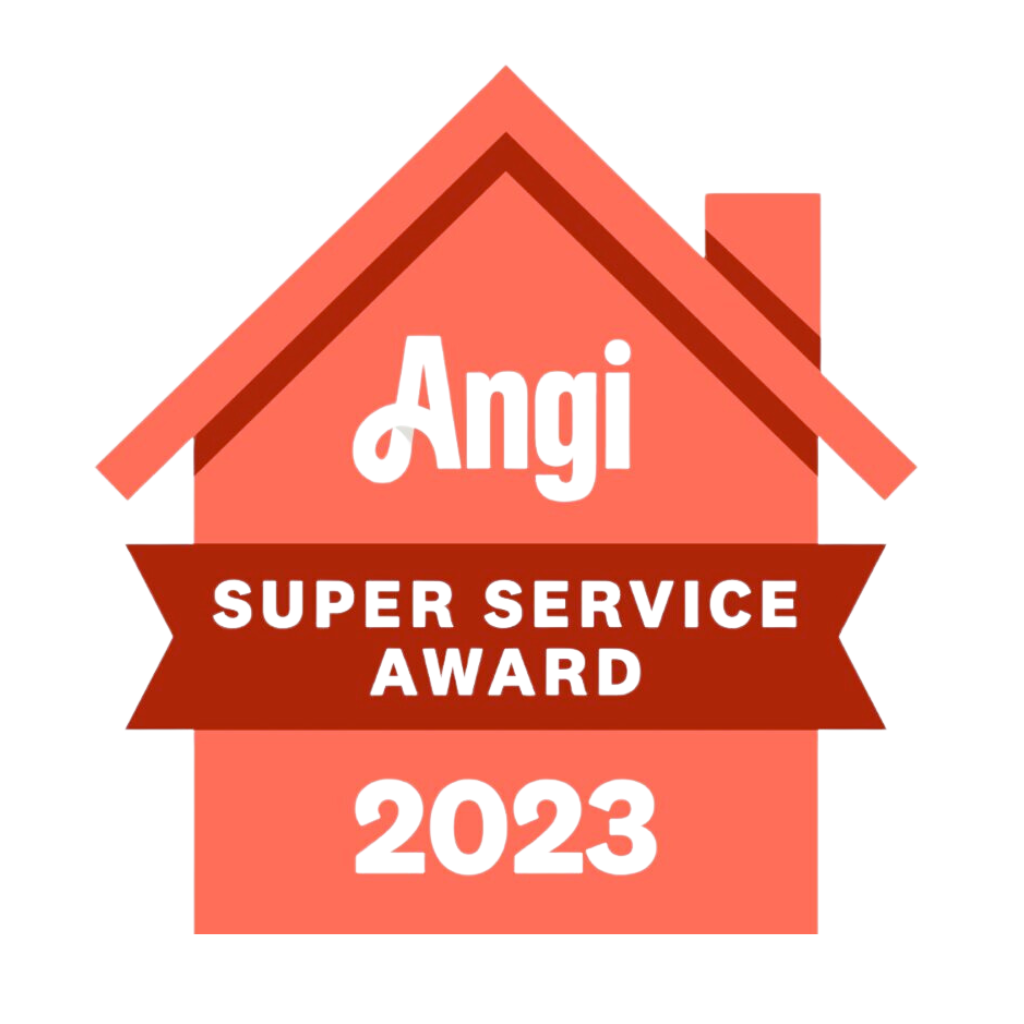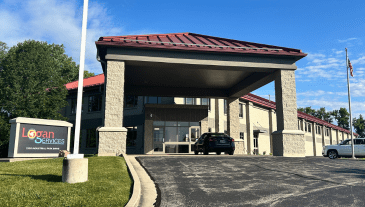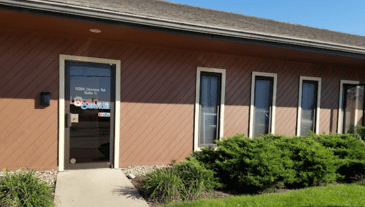What Is A Single-Stage Furnace?
This type of technology is about 30-40 years old. When operating, a single-stage furnace only has one stage or one mode of heat. Single-stage furnaces operate at maximum capacity and require full energy consumption as soon as the gas valve opens. The thermostat calls for heat, the furnace runs full blast until the thermostat reaches the desired temperature, and then the unit shuts off. A one-stage furnace operates at full power without any opportunity to reduce energy usage. The gas valve is always opened at 100% capacity since it is a fixed gas valve, meaning there is no variance in the amount of energy it is allowed to consume.
When the thermostat reaches the desired temperature, the one-stage shuts off, and the air within the home is allowed to settle. As hot air rises and cool air settles, nothing keeps the air mixed or circulated. This can lead to temperature fluctuations within the home. When the thermostat calls for heat, the single-furnace cycle repeats. Single-stage furnaces short cycle more often, which can wear out components. A one-stage also tends to be louder and less energy efficient, leading to higher energy bills.
What Is A Two-Stage Furnace?
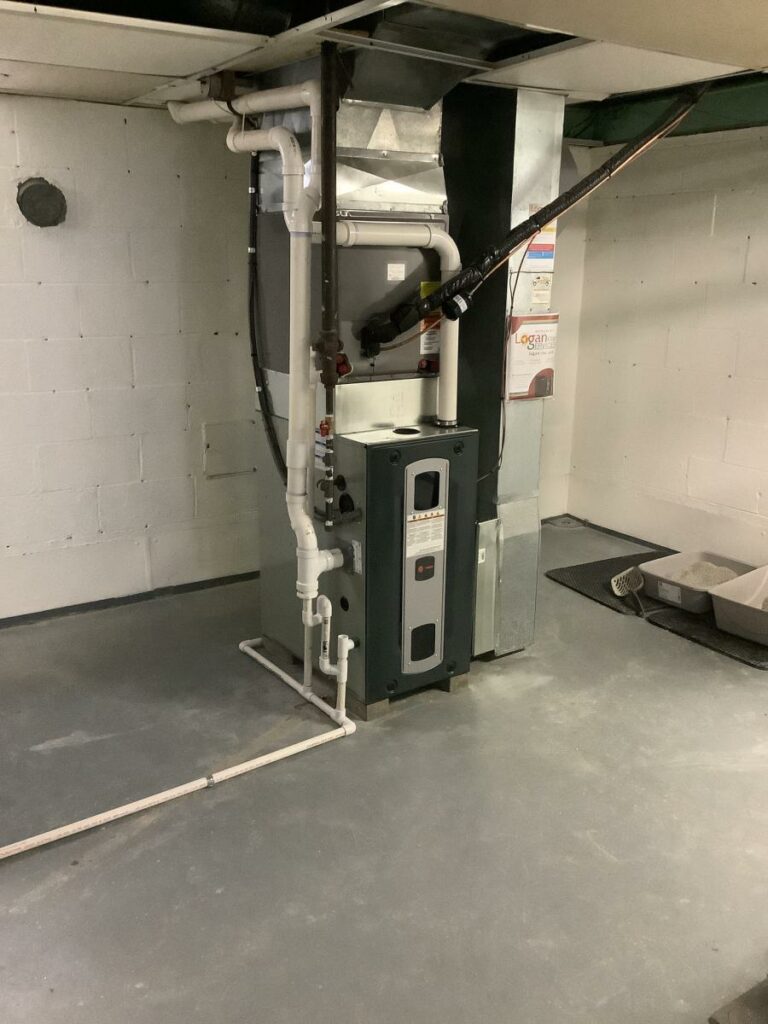
Today’s two-stage or modulating furnace is a gas furnace that provides longer, lower runtimes. The two-stage furnace is often quieter due to its variable speed blower motor. This part of the furnace is very important because it controls the amount of airflow emitted. These furnaces are equipped with a two-stage gas valve. They can control the valve’s opening using two different capacities: a high stage and a low stage.
A two-stage system will fluctuate from 70% – 100% capacity. The two heating stages, plus the variable speed blower motor, will reduce energy usage and cost of operation by running at a lower speed but still providing you ample heat.
A two-stage furnace starts at 70% of its capacity while running for 10 minutes in the first stage. If it satisfies your thermostat, you’ve used 30% less energy at a much higher efficiency than your old, outdated single-stage system.
If the two-stage furnace doesn’t satisfy your thermostat due to extreme temperature load (colder temps or warmer temps outside), it will run as a single-stage (but still at a higher efficiency) to satisfy your thermostat.
On milder winter days, a two-stage furnace will do a great job of heating the home in the first stage. On colder days, the second stage will fire to match the thermostat.
Longer run times lead to less starting and stopping, so the components experience less wear and tear. Any electrical component uses eight times as much energy to start and stop. What does this mean?
Here’s an example: When does a light bulb typically blow? When you turn it on. Now that you know this, you’ll understand that longer run times lead to fewer energy spikes when using your system. Less spiking creates a more durable, reliable system due to minimal wear and tear.
The Pros And Cons Of A Single-Stage Furnace
Pros
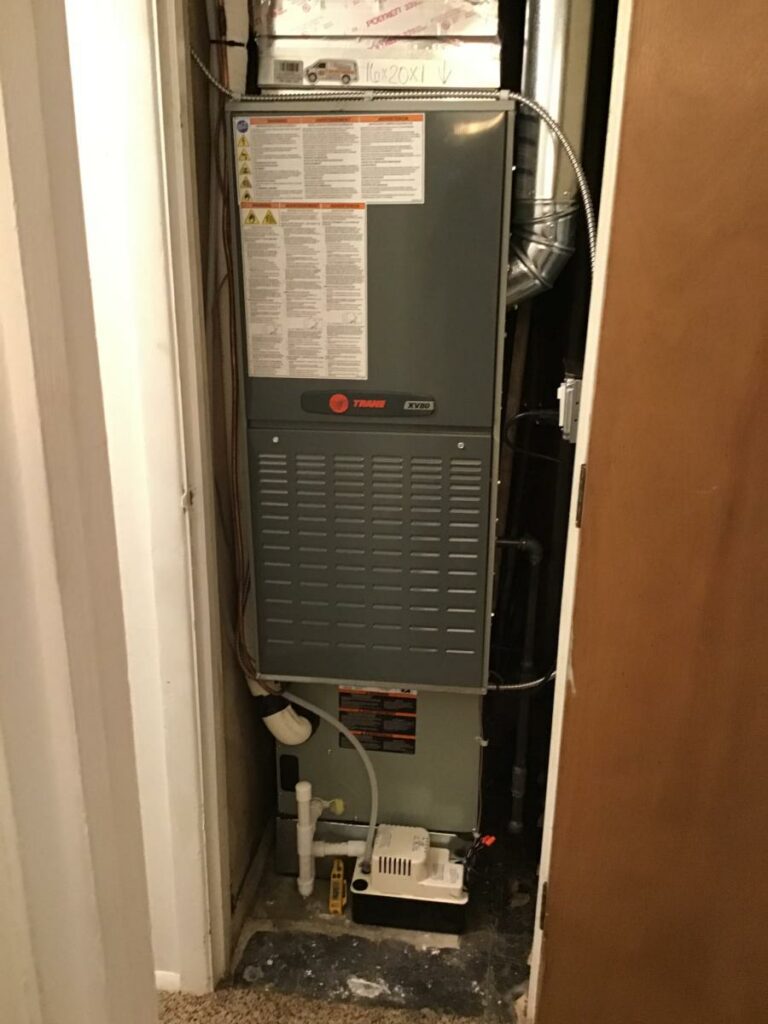
When considering a one-stage furnace, you may want to limit your initial investment. A single-stage application works great for rental homes with other opportunities to get a return on investment.
At times utility costs can be lower. A single-stage model may be a good choice if you’re not worried about maximizing your fuel usage or don’t mind higher utility bills.
Two-stage systems and modulating furnaces need to be vented out the side of the home. There are certain situations where new or additional flue lines cannot be run. In this case, a single-stage furnace is the only type that can be used.
Cons
One-stage furnaces are not the most efficient way to heat your home when using a gas-fueled furnace. The operation of a single-stage system can lead to high energy bills in contrast to using a two-stage or modulating furnace.
Single-stage systems can often be noisy, and depending on where the furnace is in the home, this noise can become a nuisance.
Single-stage furnaces are not designed to circulate the air continuously. Homes that use single-stage furnaces often suffer from hot and cold spots felt throughout the house and temperature swings from room to room.
Now let’s take a look at how a Two-Stage Furnace can benefit your home.
The Pros And Cons Of A Two-Stage Furnace
Pros
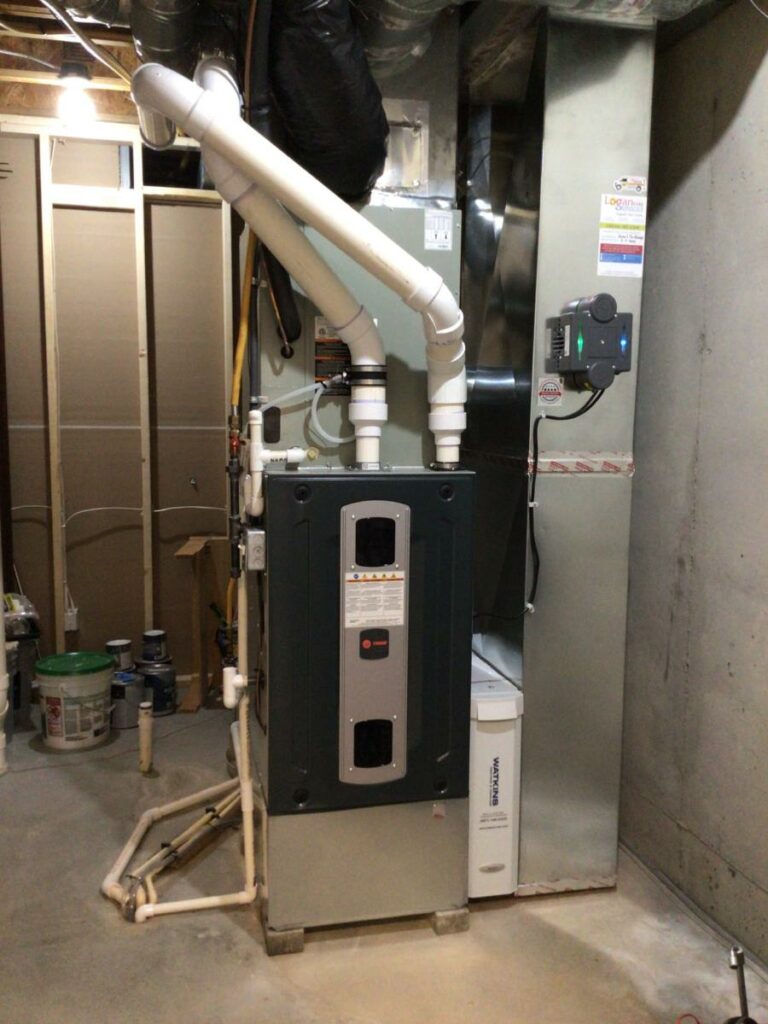
A two-stage furnace uses less energy than single-stage furnaces. That’s important when considering your energy bills.
Using a two-stage furnace improves airflow. Improved airflow prevents the air from settling, leading to fewer temperature fluctuations. This will allow homeowners to set their thermostats lower in the winter because the air in the home will feel warmer, and they won’t have to deal with cold spots. Some of our customers even say they can turn down their heat setting one to two degrees in the wintertime because the home simply feels better when operating a two-stage vs. the old one-stage furnace.
Although maintenance is always recommended, a two-stage furnace should have better longevity since there’s less wear and tear on the unit from less starting and stopping.
With improved airflow, the air filter will more effectively capture pollutants and allergens, leading to cleaner indoor air quality.
A two-stage system will also produce less noise than a single-stage system.
Cons
New PVC pipes will need to be run out the side of the home rather than using existing flue pipes.
Two-stage systems also need access to inside drainage, so a washer or floor drain must be available.
Two-stage furnaces are typically unsuited for attics and can’t be used in unconditioned crawl spaces.
Which One Is Better For You?
When finalizing your furnace replacement research, make sure you get a FREE in-home estimate from our team at Logan Services. Our comfort consultants are equipped with the knowledge and expertise to ensure you get the right system to cover your comfort needs and match your home and budget.
